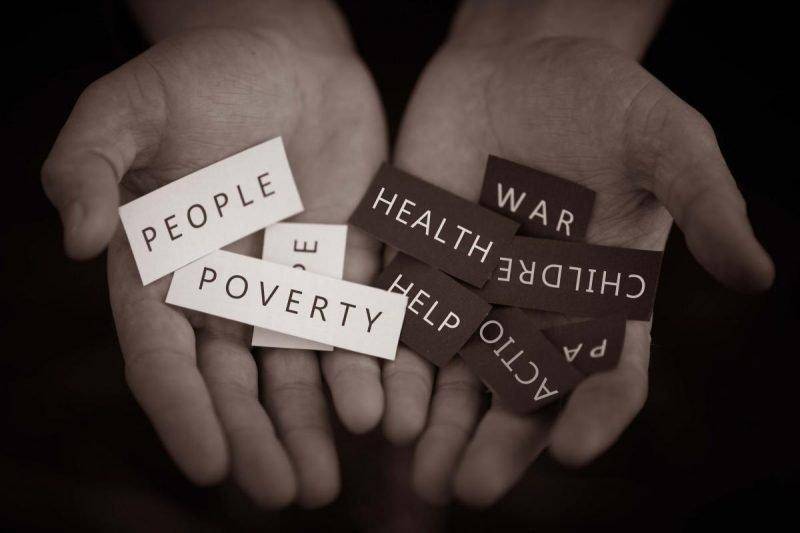SEUALG Press Release
Utahn’s have often reflected on the fact that usually large disasters seldom happen in the state. The area may get some wind, have some wildfires and even isolated flooding. But the state as a whole never gets direct hurricane hits, wildfires like the ones that burn in California or tornadoes. The states only wide spread physical disaster that happens often is drought. It is considered a slow, not as obvious a disaster because its affects only show up over a period of years.
The number of people in Utah who live in poverty is also a disaster that continues to move slowly, but is growing, very much like drought. To shine the light of day on this social disaster, to put some emphasis on it, is difficult, because it doesn’t stand out like violent crime, bad educational scores in schools or poor citizenship when it comes to participating in voting and other civic functions. And yet these very things that do make the headlines, are often affected by the poverty in the state.
The difficulty is that those in poverty don’t make themselves well known, particularly those that have employment. When people think of poverty so many think only of the homeless, a sad group indeed. Or they may think of the unemployed. But the fact is that the bulk of the people in poverty in Utah do work; they just don’t make enough money to support a life that most middle class Utahns take for granted.
This slow moving disaster exists in all counties in the state with San Juan having the highest poverty rate at 28 percent and Morgan county the least at 4 percent. But as a region, the southeastern part of Utah has it the worst with Carbon, Grand and Emery, along with San Juan, all coming in the top ten counties for those who make less than what is considered the minimal amount of money for leading a proper existence.
Poverty is the extent to which an individual does without resources. That may seen strange to say, considering the judgment of whether someone is in poverty or not is based on their earnings. The kind of poverty a person or family is in determines a lot. While poverty has many faces it comes in two major types. First is situational poverty. Someone lost their job, was injured and cannot work or something else that caused them to make less money is situational. There is a direct link to why. On the other hand the deepest seeded problem is intergenerational poverty. That kind of poverty includes people who have grown up without resources and who have parents who were in the same position. Simply put when it comes to intergenerational poverty instead of it just being about money, it is about the resources available to a person or family. For people who exist within the confines of intergenerational poverty, the rules for existence, for meeting their everyday needs, for resolving problems, are different from those who inhabit in the middle class. People who live in intergenerational poverty count on their personal relationships with others to get things done. They follow a different set of rules than people in the middle class do. In that sense middle class people can offer directional help through coaching advice on how they achieved their goals. Institutionally, intergenerational poverty is those people who have accessed public assistance two or more generations.
To the middle class citizen this seems silly. But people do not handle money well when it is bestowed upon them without any responsibility or education on how to use it. Just consider how many middle class people win lotteries worth millions of dollars and how many of them end up in the same place they were financially, and sometimes worse than that they were when they won it, within just a few years. It is no different for those in poverty.
There are hidden rules at all levels of society. If one doesn’t know those rules one may not be able to even survive much less thrive. What one group thinks everyone would know about getting along, another group would find useless without direction on how to apply those rules..
The Circles Program, that is directed from the Southeastern Utah Association of Local Governments for Carbon County is a program that has been successful in many places in the United States in the reduction of intergenerational poverty. The initial program is now up and running and has already shown some success in the local area. But there is much more to do. And while the funding for the program is adequate, to implement it, make it run smoothly and to give those trying to break out of poverty a good shot at success, volunteers are needed to be mentors. One of the most important aspects of a successful Circles program is the help intentional friendships can provide.
If you wish to volunteer or have more information on the Circles program please contact Julie Rossier at 435-613- 0065.

